Kim: A Biography of M.G. Founder Cecil Kimber
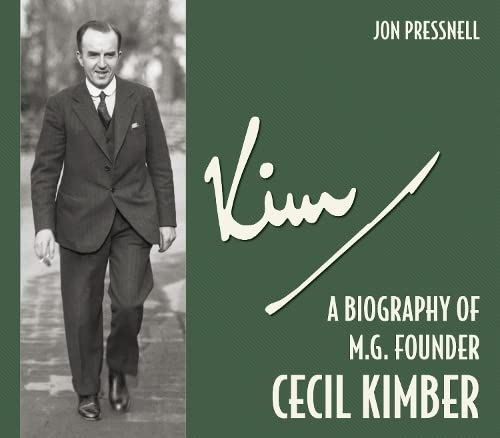 by Jon Pressnell
by Jon Pressnell
“If you look at the golden side-stripes of the 1975 limited-edition ‘Jubilee’ MGB GT, it pronounces 1925 to be the year the M.B. marque was born. Indeed, a whole publicity campaign was built around this date. According to the M.G. company, however, writing in pre-war times when memories were fresher, the first M.G. saw the light of day in 1923. Or 1924. Or indeed in 1925. It couldn’t make up its mind. If the manufacturer of the cars, during the lifetime of the man who created the make, couldn’t decide on a date, what hope do historians have, a century (or so) later?”
Wear a helmet when you bike!
What?
If you think this is how young Master Cecil acquired the limp he would have the rest of his life and that had almost cost him a leg, you’d be wrong. The bicycle episode is about his father, and would also have lifelong consequences, affecting everyone in the sufferer’s orbit. From which follows that Cecil Kimber gaining as much of a reputation as a wayward husband and fallible parent as a respected businessman and in fact industry leader did not happen in a vacuum. Author Pressnell stringing these beads together marks him as a sensitive biographer, in addition to the veteran and award-winning automotive journalist and historian he is. He does not, in this case, and surely intentionally, spell out how these dots connect but leaves it to the reader to actively read and think along and not just gobble up words passively. In fact, “gobbling” is entirely the wrong mode in which to partake of this unhurried exposition of generations-deep backstory and wide array of social and economic stirrings.
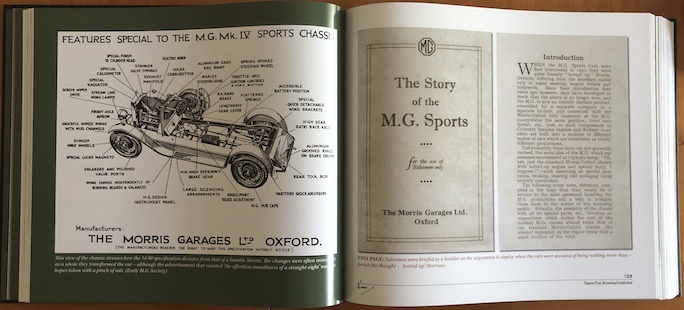
Pressnell shows a lot of primary sources, and also quotes extensively from several foundational texts such as, especially, The Cecil Kimber Centenary Book and MG by McComb.
So, tear the shrink wrap off, let the book fall open to whichever page it wants to, read a random sentence. You will find yourself immediately drawn in, no matter where you start. If the preceding paragraph didn’t already have you chomping at the bit, consider that the marque Kim had grown within a decade into Britain’s major producer and a symbol of national pride on the international motorsports scene would, another decade later, fire him! As to family dynamics, one of his daughters would join a witches coven and the other worship him so much that she appointed herself his, and by extension the family’s, historian. The latter brings us straight to this book.
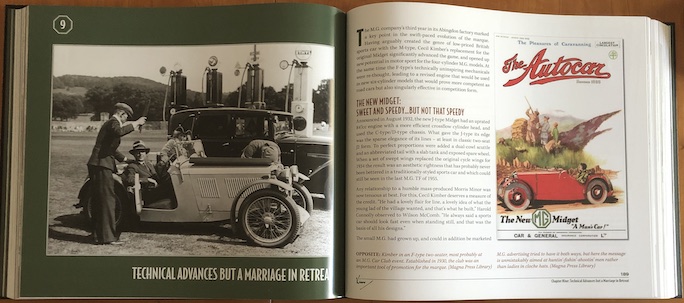
The chapter title “Technical Advances But A Marriage in Retreat” is the perfect example for Pressnell’s multi-front approach to the subject. Also, juxtaposing “advance” and “retreat” is a clever bit of word use. (Take that, A.I.)
While that daughter, Jean Kimber-Cook, gathered much material which informed scores of subsequent writers, Pressnell considers it both “a precious resource” but also “compromised” because of her very bias, especially her own memoir, The Other Tack. The task Pressnell has set himself is to straighten out the record, reconcile discrepancies, retire myths. But let’s return to the introductory quote for a moment: that this book is coming out in 2023 is your clue which year Pressnell pegs as the correct founding date. Also note that he puts periods after the M and the G, another thing the company could not make up its mind about (Kim did think it more elegant) and Pressnell uses that style, albeit it “with gritted teeth.”
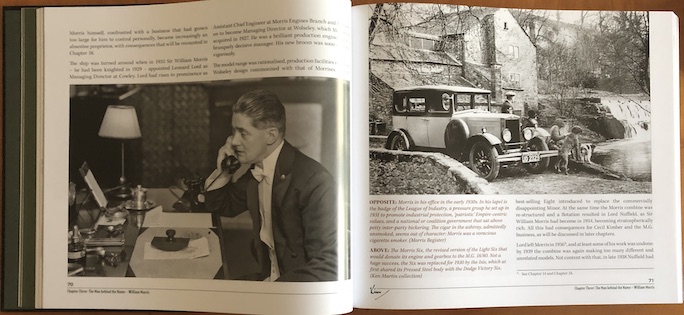
An example of how the captions don’t just ape the main text but add further and relevant detail: the one on the left draws attention to something even an observant reader would surely miss—an unsmoked cigar in the ashtray. How is this relevant? Get your own book!
Now, the book is a biography of the man not the marque. (Pressnell himself covered the latter in his Morris, the Cars and the Company which won the Michael Sedgwick Award in 2014.) Kim (b. 1888) died in 1945 so if all you know of M.G./MG are the lovely zippy postwar cars that got an entire generation into affordable motorsports, realize that Pressnell is beginning to dim the lights at that point, with only scant closing remarks about the modern and current era. He rightly says, and his bibliography (of books consulted) bears it out, that there is a plentitude of material about those topics—to which we must add that just about all those books, up to, say, the era of the MGA need a rethink based on the “mise en scene” work Pressnell puts on the table here.
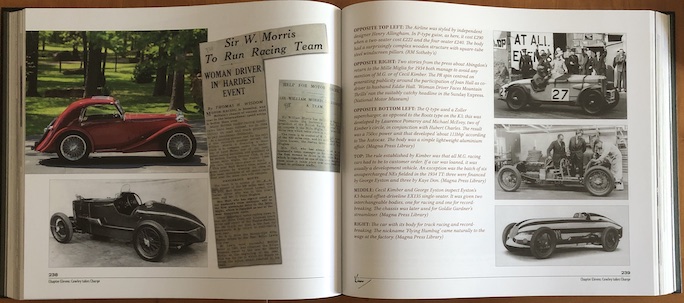
It’s the prewar models that are in the spotlight here but if such matters as valve clearances and paint schemes brought you here, this is not the book. What detail of this nature there is is interspersed into the overarching narrative, and mostly covers broader topics of design and development as well as the business side of things which of course includes motorsports. The impressive 9-page index is an essential resource, with the ironic but unavoidable caveat that the entries for the most-mentioned people merely say passim, meaning “to be found at various places throughout the text.” Also of tremendous help are the many footnotes; they are set right on the pages on which they are called out and are very detailed. Likewise, photo captions add whole layers, which allows the main text to flow smoother. Stand-alone longish topics are corralled into sidebars. And then there are the six Appendices! Spanning some 80 pages they comprise papers and such by Kimber and/or period material commenting on them.
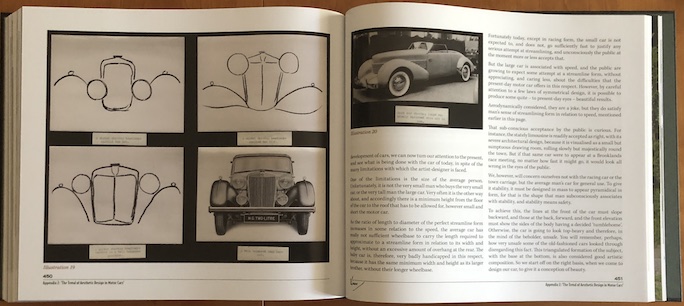
“But are all motor cars things of grace and beauty? The author fears that this is far from the case, and it is with the idea of discussing the ‘whys’ and and ‘why nots’ that we are all gathered here tonight.” From Kimber’s presentation to the Design & Industry Association in 1937; the drawings are by his hand.
In an opera it is not just the musical score that counts but also the stage set; in bookmaking terms it means graphic design and physical properties like ink and paper, and even ancillary specialties like proofreading make crucial contributions. Everything in this book is top notch.
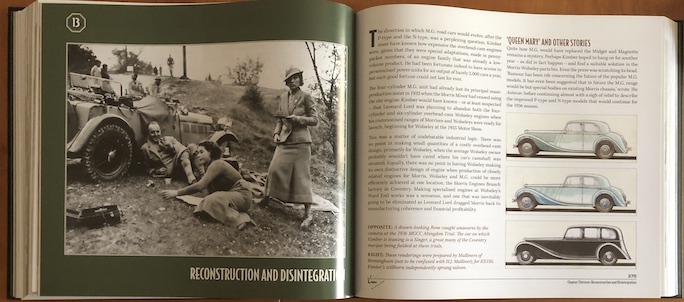
Let’s say you’ve read the book and can now quote chapter and verse—you’re still not “done” because every time you linger over the photos you will find more to delight and entertain—from fashion to body language—and wonder about: what are the circumstances behind “a drawn-looking Rene caught unawares”?
Lastly, considering that Pressnell lives in France it is all the more remarkable that this Brit has not lost command of his native tongue, which cannot at all be said of all expats. The book is a joy to read, and if you are a proper grammarian you will take the complex sentences and punctuation as a sign that intelligent life is still out there. If you don’t already have it on the shelf treat yourself to his award-winning 2022 biography Marcel Pourtout: Carrossier (if you have it and thought that was one big book, wait ’til you see this one).
Copyright 2023, Sabu Advani (speedreaders.info).


 RSS Feed - Comments
RSS Feed - Comments
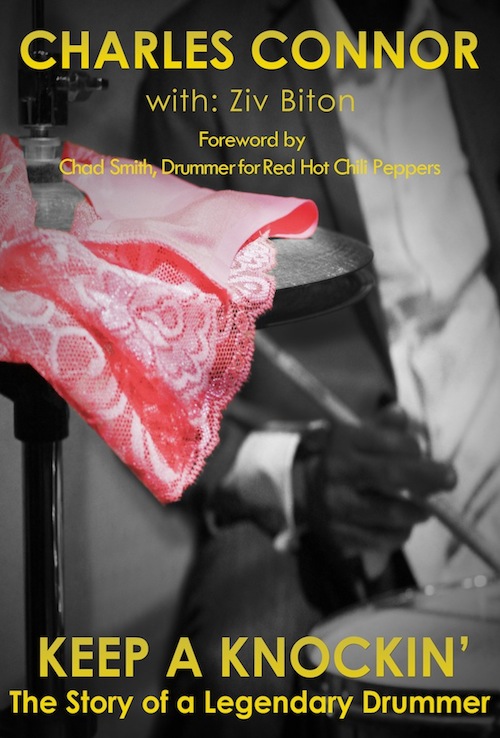






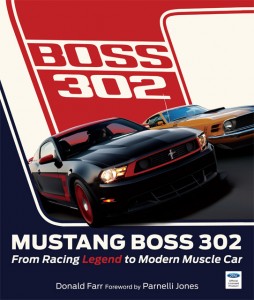
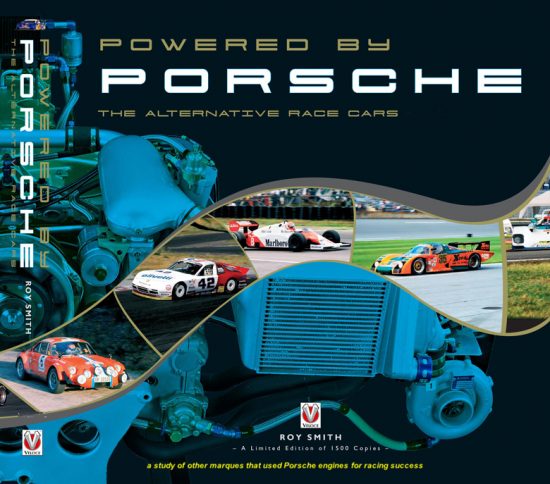




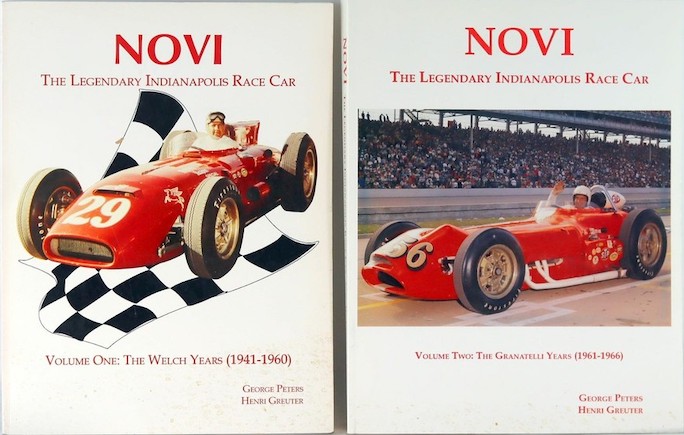
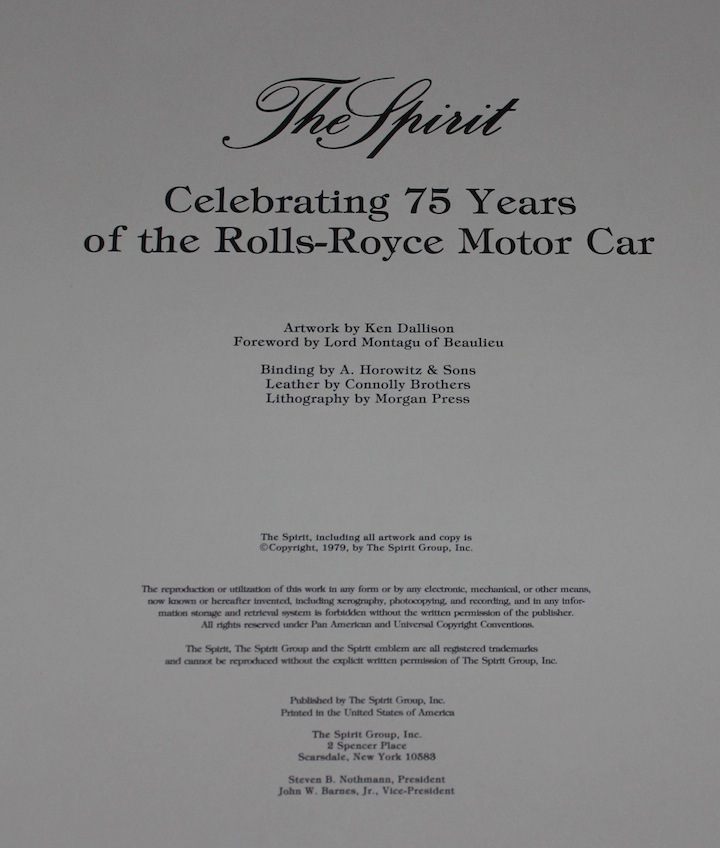



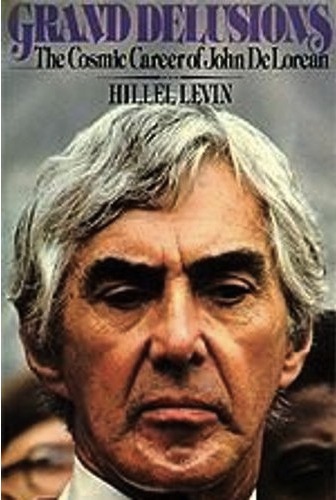






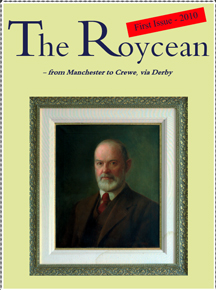


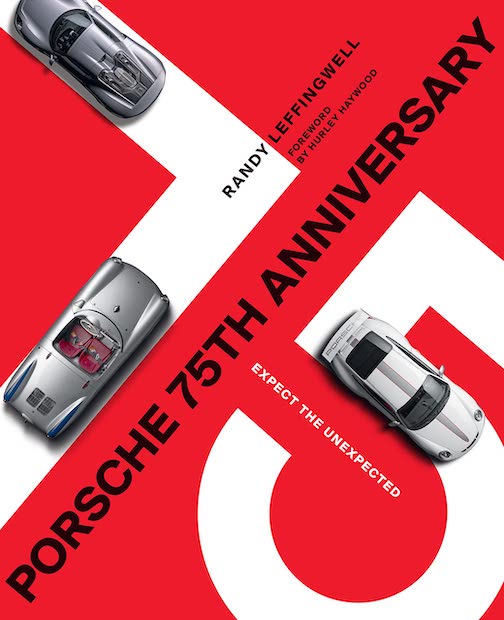
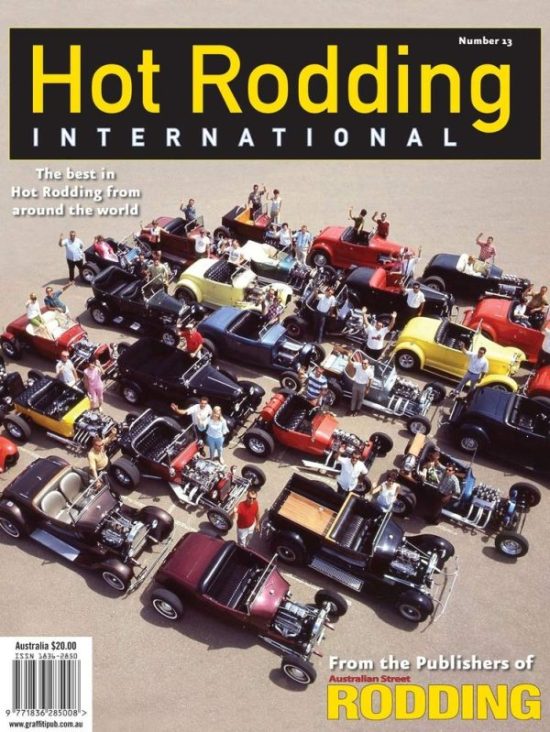





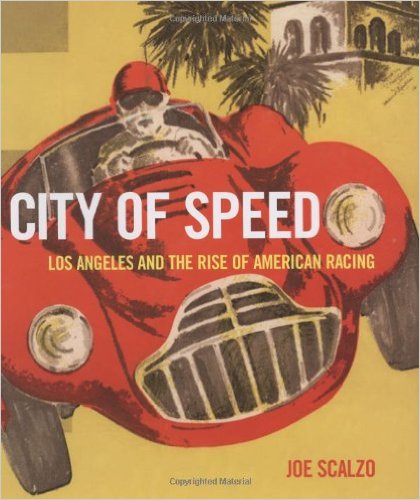



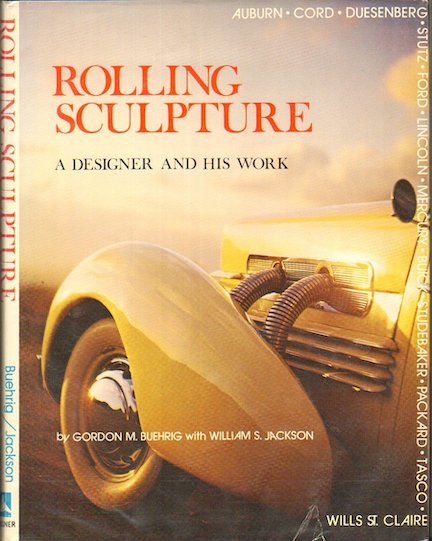





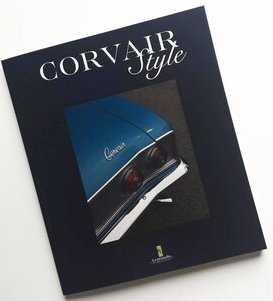


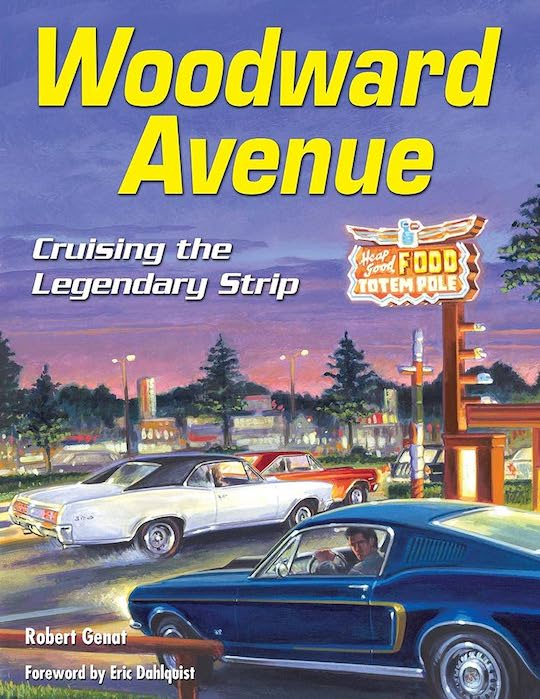
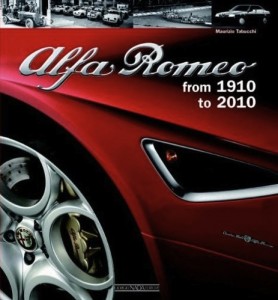
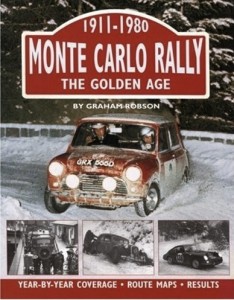

















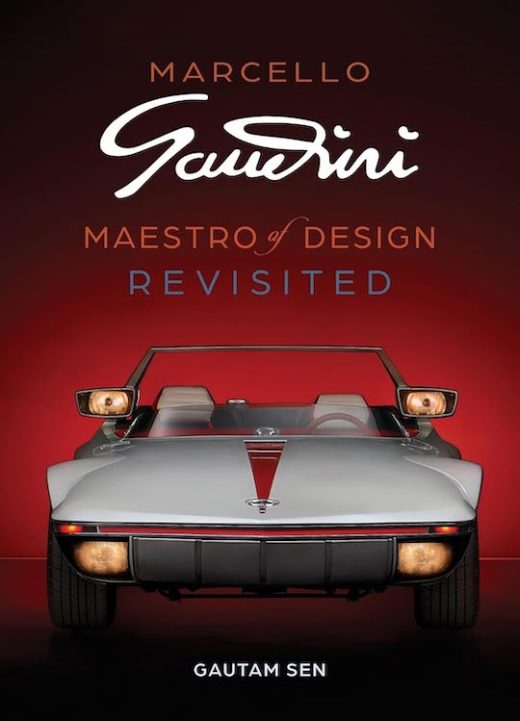

 Phone / Mail / Email
Phone / Mail / Email RSS Feed
RSS Feed Facebook
Facebook Twitter
Twitter